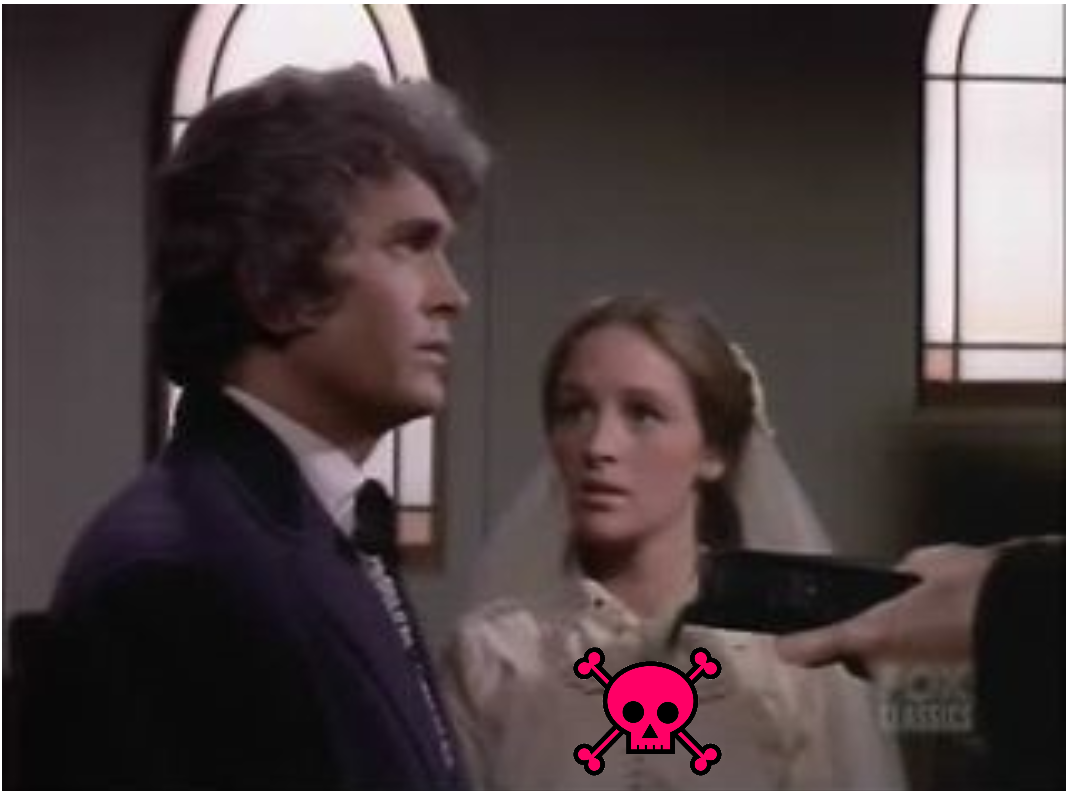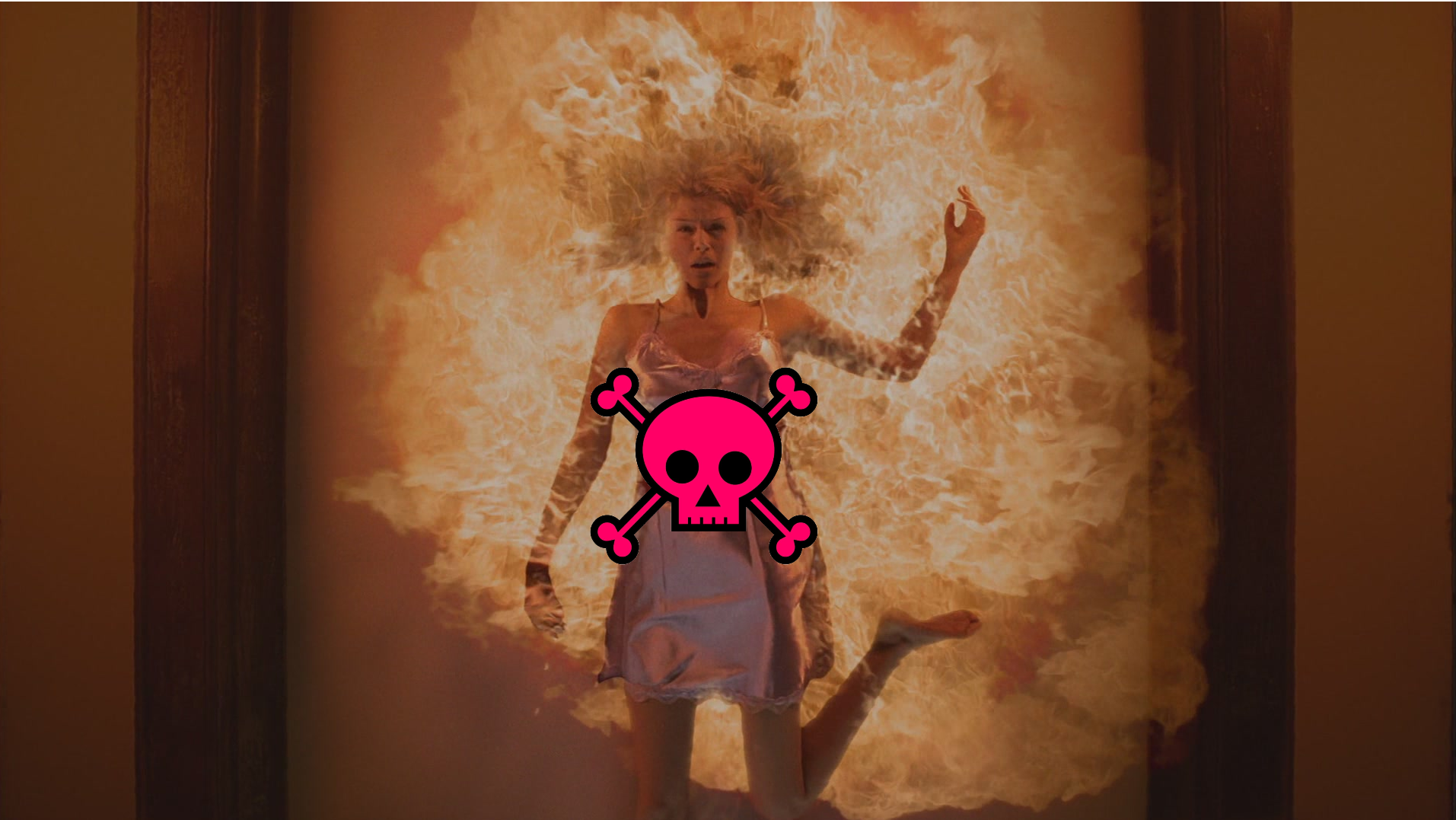.jpg)
Dead Fictional Girlfriends Research Project: Introduction & FAQ
What, exactly, is the Dead Fictional Girlfriends Report?
It is a catalog of my ongoing effort to determine which entertainment franchise kills off the most girlfriends of a main character, and what that means for the world.
What? Why?
This all started back in 2012 with a friendly debate between my college roommates and me. Which character has lost the most women to tragically fatal plot twists: Captain Kirk of Star Trek, or James Bond?
We tried to look up the answer, only to learn that there was no definitive catalog available. I therefore took it upon myself to answer this question.
Who are the subjects of the study?
Based on my initial conversations with roommates, at first I was only examining four candidates.
- "Little" Joe Cartwright (Bonanza)
- Captain James T. Kirk (Star Trek)
- Sam Winchester (Supernatural)
- James "007" Bond (Eon Productions series)
This quartet continued to be the main focus of my study up until 2021, when I wrapped up Phase 1 in light of Supernatural's series finale and No Time to Die's sunsetting the character of James Bond as we knew him.
For a brief overview of each Phase 1 contestant's qualifications, go here. For some takeaways from Phase 1 of the DFGRR, look here.
Our first Phase 2 contestant was the title character of MacGyver (1985-1992).
Currently I'm digging into notable examples where the Dead Girlfriends trope gets gender-swapped, and a female protagonist loses lots of boyfriends. I started with Stargate and a comparison of its most famous male and female victims of the Cartwright Curse, Daniel Jackson and Sam Carter, respectively. Next came Buffy Summers, the titular vampire slayer, about whom I made several posts with my thoughts.
Why should the casual deaths of underdeveloped female characters matter to me?
1. Because representation matters. The characters in this study are the protagonists of major mainstream entertainment franchises, each of which has a strong female fan base. If the storytelling limits the role of women, therefore, millions of women will see themselves being limited. And if a woman's only role in the plot is "be attractive to the protagonist, then die," that undermines her value to the work.
2. Because it's lazy writing. The excessive killing off of women is but one symptom of screenwriters lacking the skill, or the desire, to properly define and motivate their characters. I can't confirm without a time machine, but I strongly suspect the following conversation took place in the Bonanza writers' room more than once:
Q: How should we make Joe Cartwright cry this week?
A: Eh, let's just introduce a new girlfriend and then kill her off 20 minutes later. Worked well enough last time.
Although the formula worked for 14 (!) seasons, the fact is that that was not good characterization. If you can't think of a single reason why a your main character might feel angry, or guilty, or sad, you have an underdeveloped character. When I watch Bonanza (which I've done a lot of for this project), I find myself shouting at the screen, "Sheesh! Enough with the deaths! Try giving Joe an inner life for a change!"
3. Because enough is enough. The casual deaths of women in media is far, far too widespread a narrative device. The pilot episode of the long-running, mega-hit Supernatural even decided it was appropriate to use dying women as narrative bookends:
Yet as long as lazy writers get rich and famous by using it uncritically, its usage will persist.
If you hate these franchises, why don't you just stop watching?
I don't hate any of these. Actually, I love them! I adore these stories, and I want them to do better by women - both the ones in-universe and the ones who, like me, want to be a part of their world. Some of them have made tons of progress on that front. Others really haven't. I'm still watching, and I see where they're going wrong. And so I blog.
Join me, won't you?




